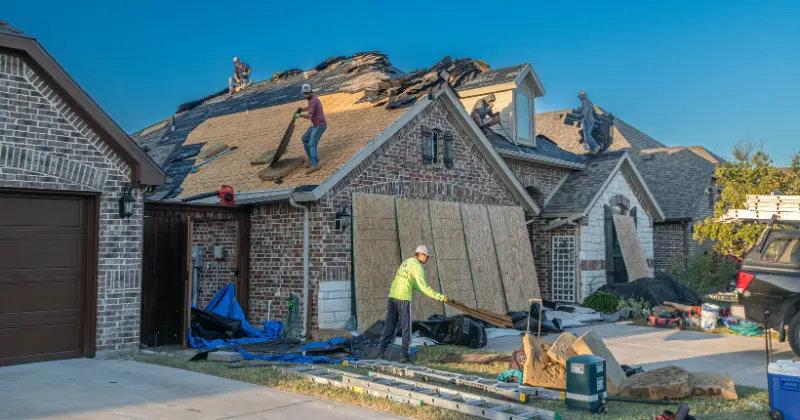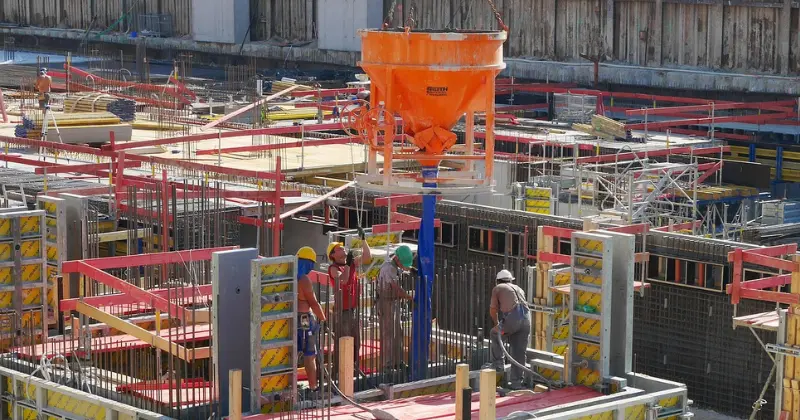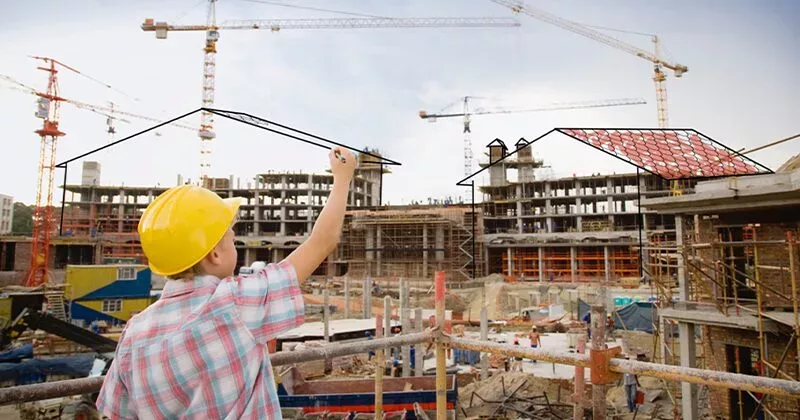11 mins read
How to Estimate Construction Materials: Tips and Best Practices to Streamline the Estimating Process
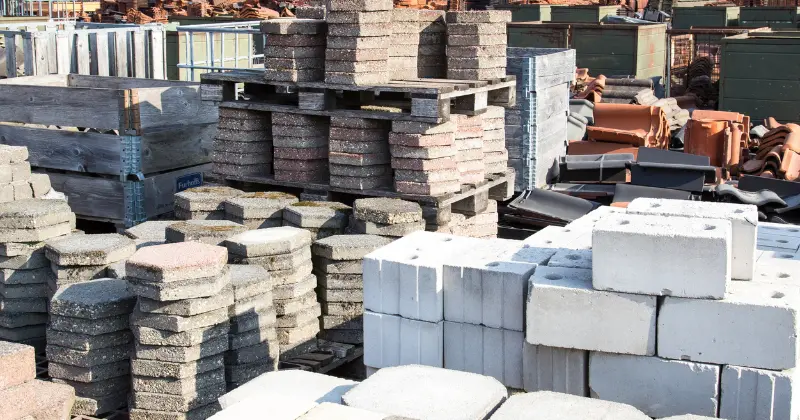
As the design and timeline for a new construction project come together, a long list of tasks and responsibilities emerges. Material estimating practices throughout the project lifecycle help to ground these complex endeavors in reality, as cost and quantity expectations for each item feed into realistic budgets and schedules.
In this blog post, we explore the key concepts, responsibilities, and components of a building measurement estimate and provide a list of best practices to help improve the efficiency and accuracy of the process.
What Is Material Estimating?
Material estimating in construction is the process of identifying the cost, quantity, and type of all materials to be consumed by a project or task and then providing this information to clients and other stakeholders. Material estimates are closely related to quantity takeoffs.
Estimating construction materials is one of the first and most important tasks to be completed as part of the overall construction cost estimation process. Labor, overhead, and equipment costs are additional considerations that allow project teams to assess financial viability and develop a detailed budget. Inaccurate estimates are a leading cause of cost overruns during construction, with potentially serious financial and reputational consequences.
Who is in charge of estimating construction materials?
For smaller projects, builders or contractors might estimate construction materials themselves. More extensive projects benefit from the services of a construction estimator who is responsible for calculating material costs and quantities based on blueprints, 3D CAD files, and other design and contract documents. Additional responsibilities of the estimator include:
● Assisting contractors with their proposals during the construction bidding process.
● Identifying cost-saving opportunities and alternate methods to support construction value engineering.
● Monitoring material cost fluctuations throughout the project lifecycle.
Collaborating with architects, engineers, contractors, and suppliers is another important aspect of material estimating, so anyone who assumes this responsibility should have excellent communication skills with their math, data analysis, and time management abilities.
When do you estimate construction materials?
Initial estimates should be completed long before construction begins, with conceptual estimates performed even without detailed drawings and specifications, to help stakeholders determine whether a project is viable. Formal building material estimates build upon this foundation with the benefit of completed drawing packages and real-time material cost information.
Considering the impact of price changes, shortages, and change orders on material estimating throughout the project’s life is crucial since it is rare for item quantities and pricing to remain completely static.
Construction Material Measurement Units
Estimators must determine the correct quantities for each material, but this task is complicated by the various units of measure used, depending on the type and application of each commodity. Standard construction material measurement units include:
Length
Items like lumber, pipe, conduit, and molding can be quantified based on their length. These straightforward values can be calculated relatively quickly during the takeoff process. Estimators typically add some additional length for most materials to cover minor errors, rework, joints, and waste during construction.
Area
Materials including carpet, tile, and sheetrock lend themselves well to units expressed as an area (length x width), such as square feet or square meters. Area-based calculations become a bit more complicated for items like roofing materials and siding that are installed using an overlapping pattern.
Volume
Any material used to fill up space, such as concrete or soil, is best quantified using volume (length x width x height) as the unit of measure. Products sold based on volume can also be measured by weight once the weight per standard volume (yard, cubic meter, cubic foot, etc.) has been established.
Count
Common construction materials, including nails, bricks, windows, and appliances, can be estimated using a simple count (quantity). Smaller items are often sold in boxes or containers, with standard counts determined based on contractor and worker preferences.
How to Estimate Construction Materials
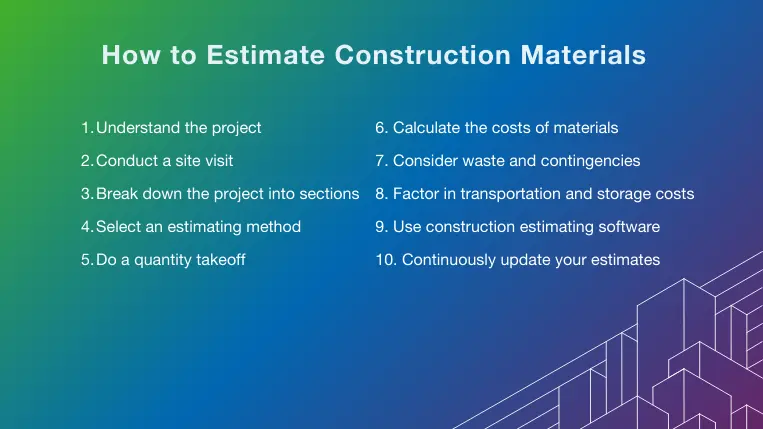
With the arrival of professional cost estimation software, the process of learning how to estimate construction materials has become more manageable. However, some advisable practices should be considered to make the estimates as valuable and accurate as possible
1. Understand the project
Plans, drawings, and contract documents are needed to estimate construction materials, but it is always wise to gather more in-depth information on the size, scope, and expected duration of the project whenever possible. These additional details allow estimators to predict when and where specific materials will be needed. Historical project information is also useful when determining the precise quantities of materials that may be required.
2. Conduct a site visit
A construction site visit is not required to complete a building material estimate, but firsthand information gathered from the site can also support more detailed and accurate estimates. For example, access issues for material deliveries, weather conditions related to storage and handling requirements, and other project issues that may not be apparent through drawings and documents can be reviewed in detail through a quick site visit.
3. Break down the project into sections
No construction project is completed overnight, so the flow of labor, materials, and equipment sometimes resembles a series of smaller projects or phases, each calling for new materials, subcontractors, and building strategies. The cost of many construction materials is seasonal or subject to shortages and price hikes, so breaking the project into smaller sections allows the estimator to prioritize critical material requirements by phase while keeping the overall timeline and budget constraints in mind.
4. Select an estimating method
Over the years, several types of construction estimates have been tried and tested, and each option is suitable for specific applications. Unit pricing, where the known costs for a small area are multiplied depending on the size of the task, can be applied to carpeting, drywall, and other predictable jobs based on coverage. The rule of two is a method that works well for rough estimates, where the cost of materials is doubled to determine the combined cost of labor and materials.
5. Do a quantity takeoff
While it is possible to complete the material estimating process without a quantity takeoff, the two processes fit together logically, with the takeoff providing the quantity information needed for successful estimation based on drawings and models. From there, the estimator can research the market price for each item on the bill of quantities and establish an accurate estimate that eliminates guesswork.
6. Calculate the costs of materials
Determining the expected cost for each item is one of the most critical and time-consuming aspects of material estimating. It requires research to obtain current market pricing and compare quotes from competing vendors to establish a realistic value. Along with fluctuating demand and seasonality, raw material costs also highly depend on the volume (quantity) ordered.
7. Consider waste and contingencies
Many materials are subject to damage, waste, and scrap during construction. Historical data can be used to determine how much waste to expect for each type of material, with the project’s complexity and skill level of subcontractors also factored in. A construction contingency budget set between 5-10% of the overall project cost helps to mitigate the impact of waste, damage, and unexpected scope changes that increase material consumption.
8. Factor in transportation and storage costs
The location, size, and accessibility of the construction site are also important factors when estimating construction materials, since remote locations bring higher transportation and fuel costs. Depending on the item and vendor, these expenses may be absorbed into the unit cost or added to the project budget as additional overhead. Storage requirements can also add cost, especially when raw materials are stored offsite to prevent damage or accommodate the storage constraints of the site.
9. Use construction estimating software
The best and most valuable tip we can give you is to invest in professional takeoff and estimating software like RIB CostX. Our state-of-the-art solution streamlines the processes of material estimating, facilitating error-free results that save time and money. The software supports accurate and agile takeoff using building information modeling (BIM) and other commonly encountered 2D and 3D design formats, boosting stakeholder collaboration and communication to avoid errors and costly rework. Robust reporting capabilities allow you to instantly calculate and monitor the carbon emissions of different material choices to ensure sustainability goals are met throughout the project.
10. Continuously update your estimates
A “set and forget” mentality towards material estimating is not uncommon. Still, in an industry where changes are frequent, and material costs rise and fall quickly, it is essential to update estimates frequently while providing the latest information to stakeholders. Timely estimates allow project managers and contractors to make more informed decisions while minimizing budget risks and challenges.
Conclusion
Material estimates create a foundation for project success by ensuring that expected costs and quantities align with reality. The latest technology has enhanced estimating speed and accuracy to keep budgets under control. CostX estimating software supports the dynamic requirements of the construction industry with flexible takeoff, estimating, and reporting capabilities to suit all project types and sizes. RIB CostX also puts valid subcontractor comparisons, embodied carbon calculations, and advanced revision tracking capabilities at your fingertips.
If you are ready to benefit from agile and precise material estimates powered by innovative features that boost collaboration and project success, get your free demo for RIB CostX today!

Most Recent
11 mins read
10 mins read
10 mins read
29 mins read
Blog Categories
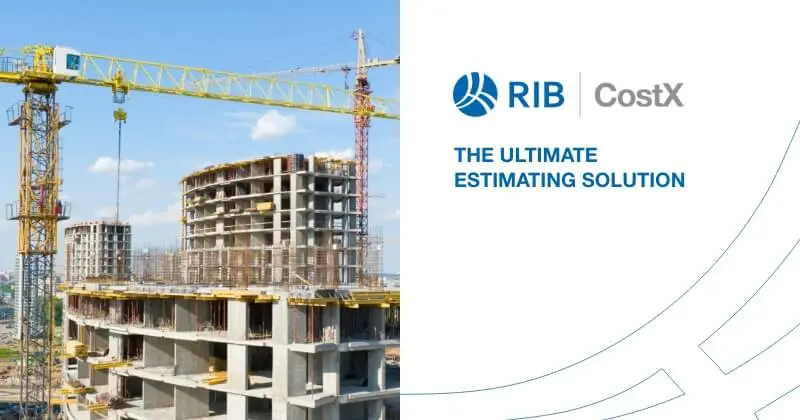
Ebook




